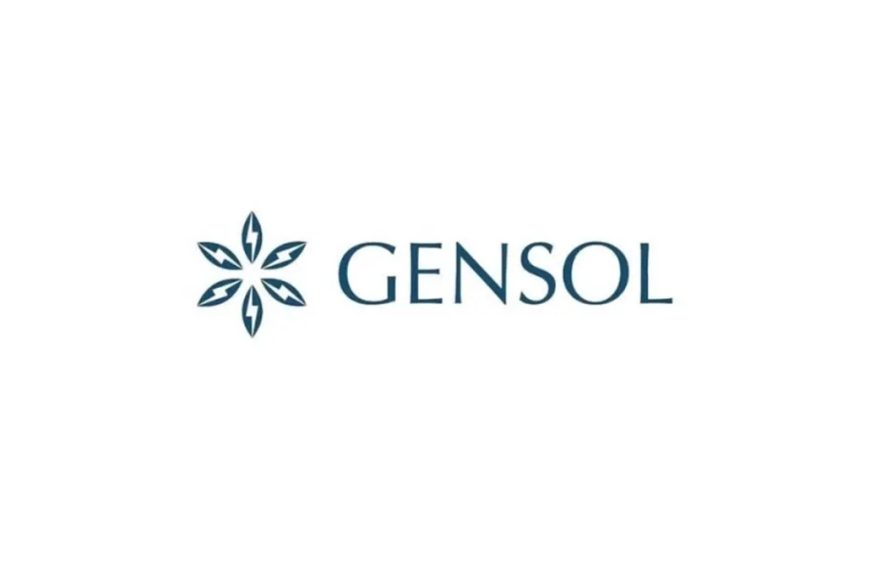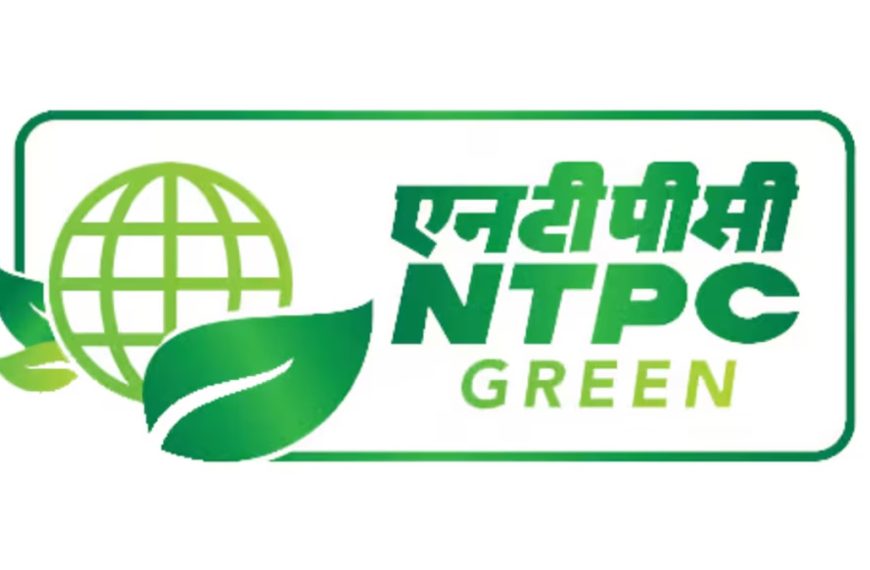In the latest fiscal quarter, Hindustan Unilever Limited (HUL) has reported mixed performance across its urban and rural markets. While demand in urban areas remained subdued, the rural sector showcased notable resilience, aligning with data insights from Nielsen and Kantar. HUL, which generates 60% of its revenue from urban centers and 40% from rural regions, is navigating these shifting consumer trends as it heads into the next fiscal year.
Urban vs. Rural Demand Dynamics
Rohit Jawa, CEO and Managing Director of HUL, highlighted the divergent trends in market demand during a recent briefing. “Urban markets are showing signs of moderation, whereas rural markets are beginning to recover. We anticipate improvements in both sectors over the next three to six months as macroeconomic conditions appear favorable, creating a promising environment for the FMCG sector,” he stated.
Volume Growth and Financial Highlights
In the fourth quarter (Q4), HUL experienced a 2% sequential volume growth, which, while modest, represents an uptick from the flat growth seen in the previous quarter. This growth is at the lower end of the 2-4% range recorded in the fiscal year 2025. For context, HUL’s volume growth during the first and second quarters of FY25 was 4% and 3%, respectively.
Moreover, the company’s turnover exceeded ₹60,000 crore for the fiscal year ending 2025, with an overall volume growth of 2%. However, shares of HUL saw a decline of 4% on the Bombay Stock Exchange, closing at ₹2,325.25. In a bid to reward shareholders, HUL announced a proposed final dividend of ₹24 per share for FY25, pending approval. This, combined with an interim dividend of ₹19 and a special dividend of ₹10 declared earlier, brings the total dividend payout to a substantial ₹12,453 crore.
Future Projections and Margin Adjustments
Looking ahead, HUL’s CFO, Ritesh Tiwari, projected modest price growth in the low single digits, assuming commodity prices remain stable. He also noted a revised operating margin guidance of 22-23%, down from the previous estimate of 23-34%. This adjustment is attributed to increased investments in advertising and high-demand growth areas. Analysts expect HUL’s gross margin to moderate in light of the company’s commitment to delivering robust price-value propositions.
Segment Performance Insights
Breaking down HUL’s performance by segments reveals varied growth rates:
- Homecare: Grew by 1.8%, totaling ₹5,818 crore, with mid-single-digit volume growth.
- Beauty and Wellbeing: Increased by 4.2%, reaching ₹3,113 crore, though volume growth remained in the low single digits.
- Personal Care: Rose by 2.9% to ₹2,124 crore, with a low-single-digit volume decline.
- Foods: Experienced a slight decline of 0.3%, totaling ₹3,896 crore, as volumes fell in the mid-single digits.
- Others: This category, which encompasses exports and consignment sales, saw a remarkable increase of 45.3%, amounting to ₹263 crore.
HUL’s management noted that within the foods segment, tea products achieved low-single-digit growth primarily through pricing strategies. Conversely, nutrition drinks faced challenges due to category-specific headwinds and changes in pricing architecture. Notably, ice creams experienced robust double-digit volume growth, while the home care segment saw negative price growth due to pricing adjustments intended to pass commodity savings onto consumers.
In summary, HUL is strategically positioned to navigate the complexities of urban and rural demand as it prepares for the upcoming fiscal year. With a keen focus on delivering value amidst changing market dynamics, the company remains optimistic about its growth trajectory.











